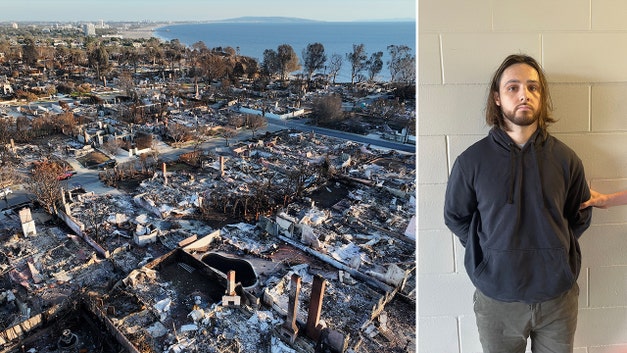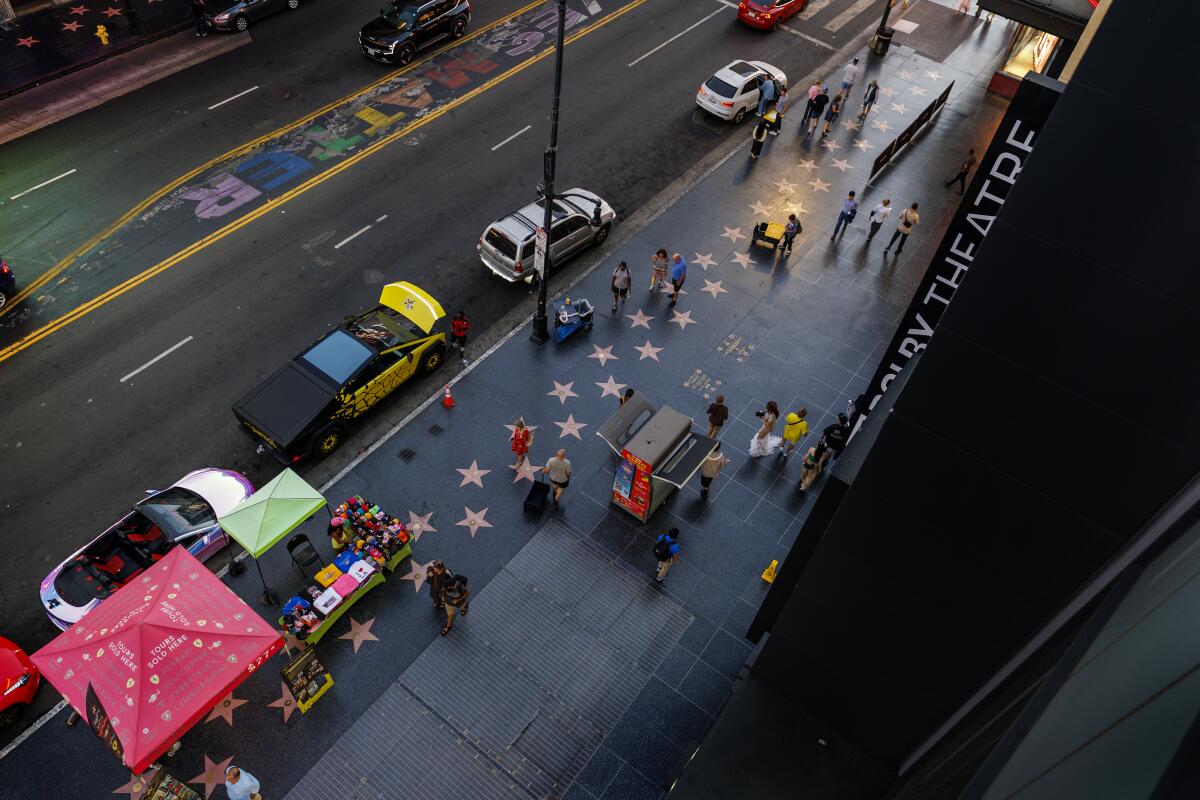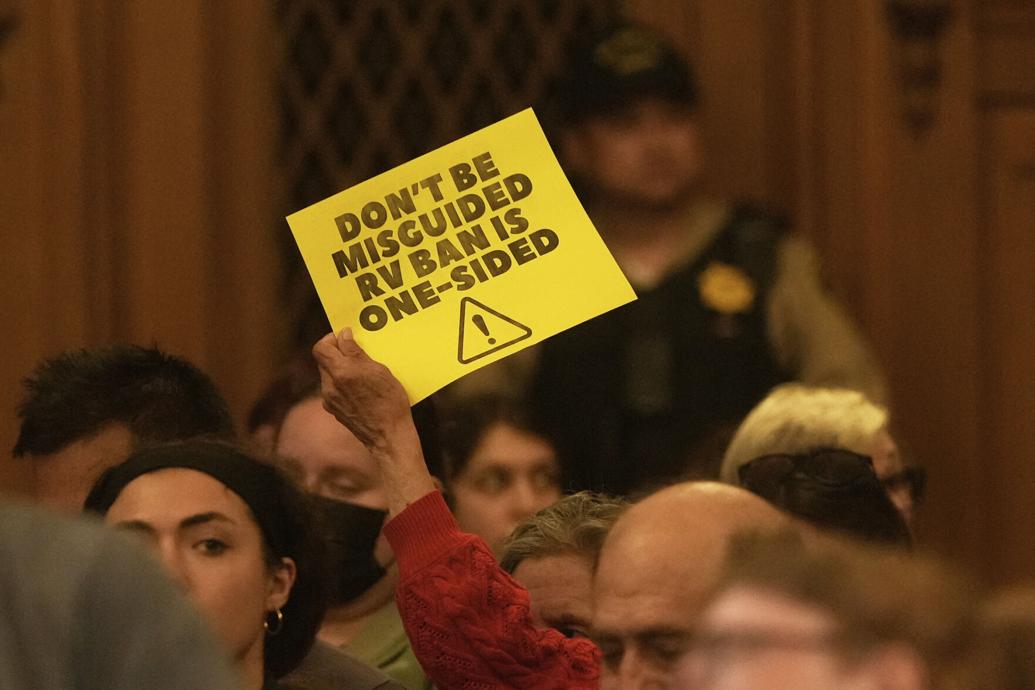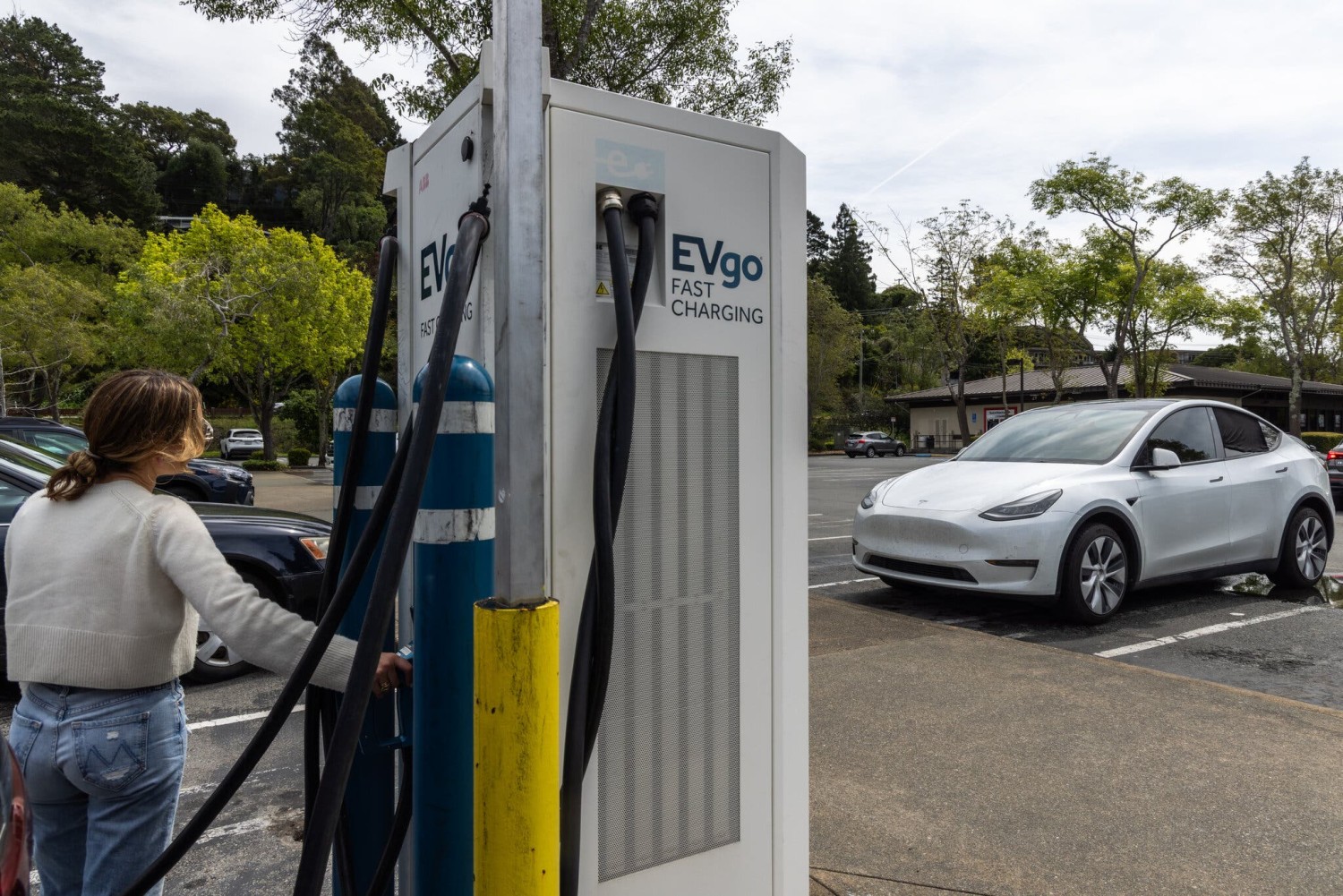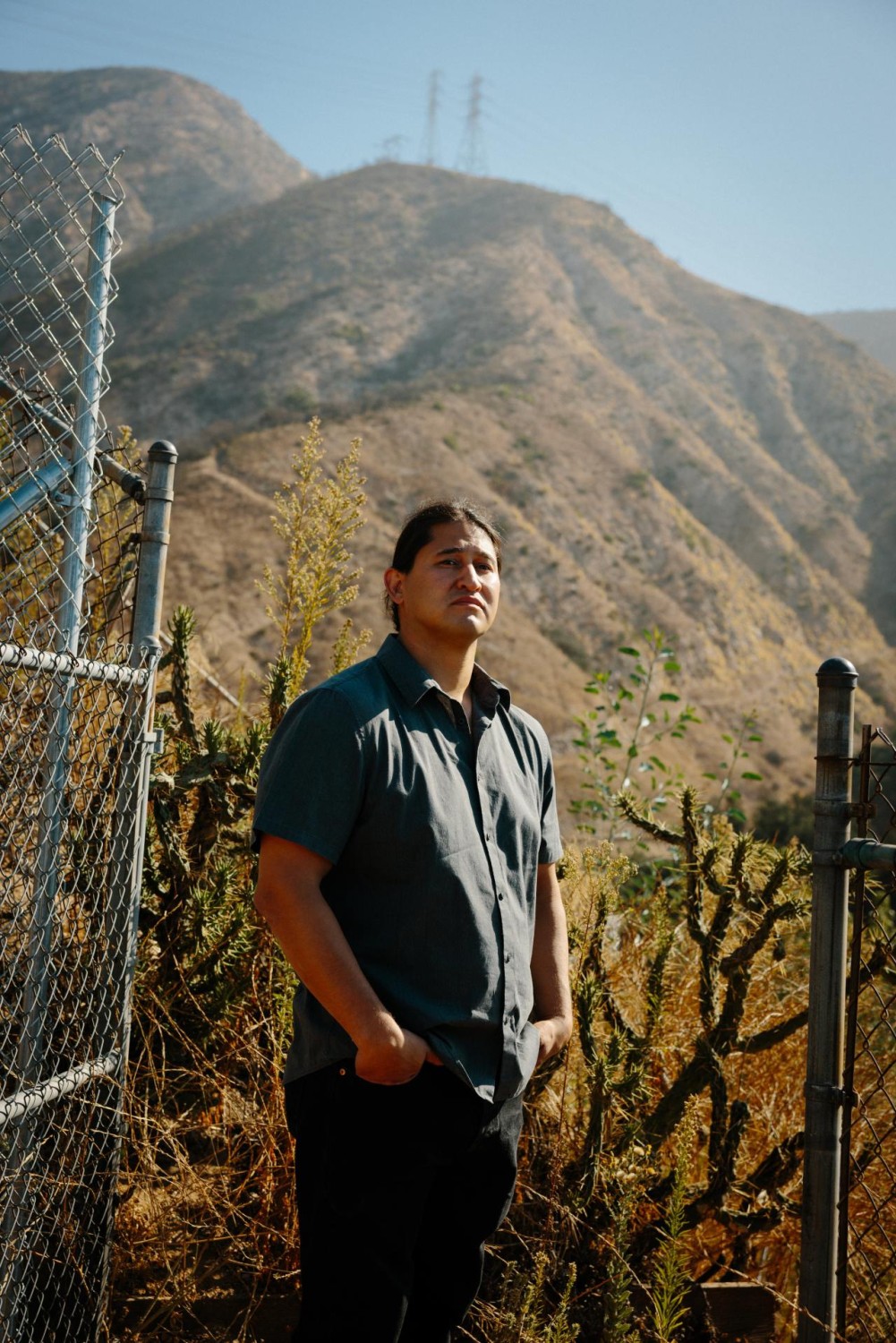
This article is more than
2 year oldMass shooting leaves 3 women and 1 man dead in the Mojave Desert as detectives search for answers

“They’re all on crystal meth,” Hayden said. “This is all part of drugs, sad to say.”
Hayden had come Monday morning to the end of H Street in Mojave to see the place where her friend’s daughter had been killed.
Kern County sheriff’s deputies had been called to the barren property around 11:20 p.m. Sunday. Inside an RV, they found four people shot: a man and two women who were already dead and a third woman who would die at a hospital, said Lori Meza, a spokeswoman for the Sheriff’s Office.
The victims were not identified Monday. Apart from stating they had not arrested anyone or found the gun used in the shooting, law enforcement officials said little about the mass killing, which rattled the desert community about 60 miles east of Bakersfield.
“I don’t even want my kids outside,” Hayden said Monday morning. “I kept my granddaughter home from school today.”
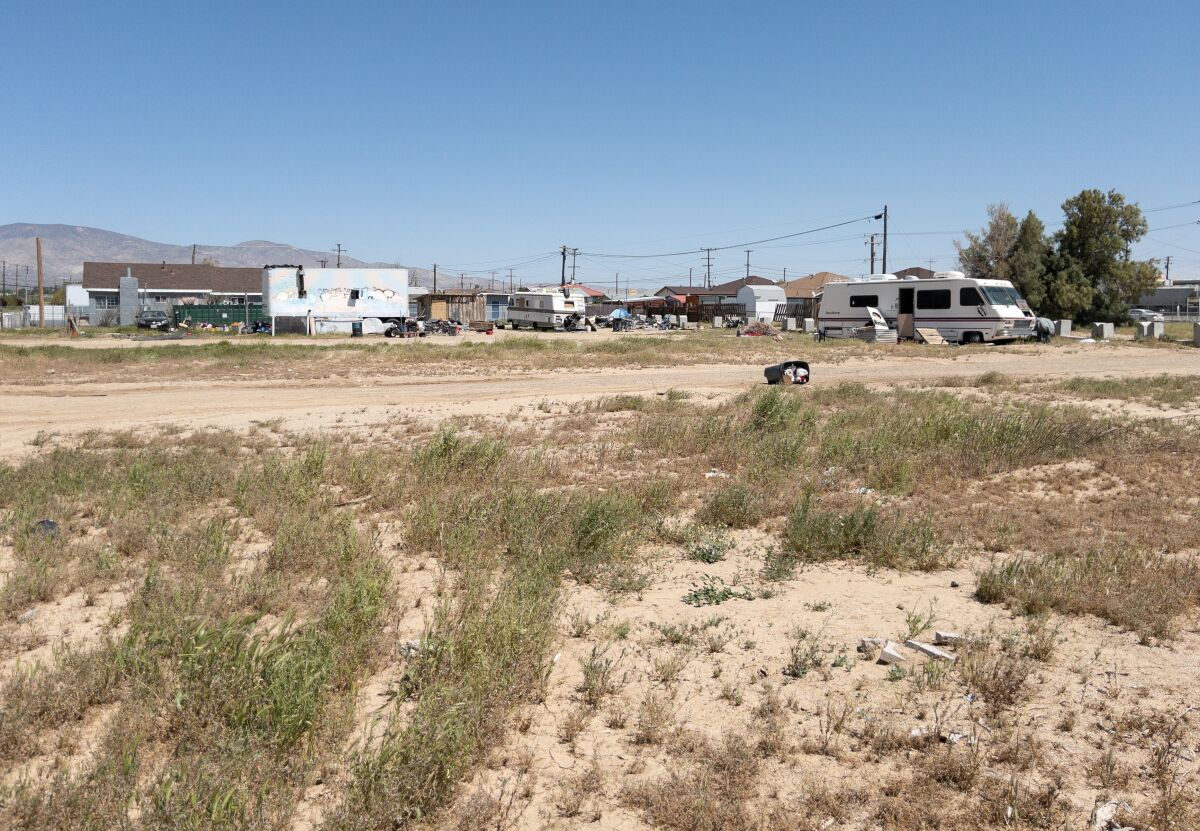
(Myung J. Chun / Los Angeles Times)
The killings come several months after a series of mass shootings that left California reeling. In the span of two weeks, six people were killed at a home in Goshen, Calif., 11 at a Monterey Park dance studio and six on a Half Moon Bay farm. The incidents and others have heightened debates about gun control.
About 20% of Mojave’s 4,700 residents live below the poverty line, according to census data. Most of its businesses are on the main drag, Highway 14, and cater to people who are only passing through: Gas stations and truck stops, fast-food restaurants and liquor stores, motor court-style motels.
East of Highway 14 are tracts of weather-beaten single-family homes. On some street corners are wooden signs with Scriptures written in white. “Judge not lest ye be judged,” one read. “God opposes the proud but gives grace to the humble,” said another outside what was once a library, converted to a doughnut shop that has since closed.
Anna Saavedra supervises the East Kern Family Resource Center in Mojave, which offers a food pantry, emergency clothing services and parenting training. Saavedra has noticed more people coming to the desert in recent years, pushed out of cities by job losses or other economic hardship.
“Maybe they had a bad experience in one of the big cities,” she said. “They come out here, and they’re passing through. But then they end up staying.”
For the most part, Hayden said, Mojave is a tightknit community where people look out for each other. “We all know each other, and if we don’t, we get to know you.”
But in recent years, she could not help but notice a surge of drug abuse — seemingly all methamphetamine — that has relegated a growing population to the city’s fringes.
“I’ve seen kids graduate and just go straight down. And it’s the crystal meth,” Hayden said.
One was her friend’s daughter, a mother of at least five children who was in her late 30s, Hayden said. Addicted to methamphetamine and cycling in and out of jail, she lived in the RV where she was killed, she said.
Two of the other victims, a couple, were also homeless, Hayden said. They split time between an RV parked in an alley and the dirt lot where they were shot, she said.
Relatives of one of the victims, gathered outside a home in Mojave, declined to speak to a Times reporter.
The lot where the mass shooting occurred is west of Highway 14, separated from the center of town by railroad tracks. Bicycle parts and other debris were heaped near the makeshift dwellings. Spray-painted on a trailer were the words: “Keep out! Private property under surveillance.”
In the fields surrounding the property, trash clung to scrub brush. It fluttered in the wind that blew the turbines in a field of windmills to the west. Parked nearby was an abandoned semi-trailer, its hood propped open, insides gutted for parts.
As Hayden spoke to a Times reporter, a couple pulled up in a battered pickup truck with scrap metal piled in the bed. A woman in the passenger seat asked, “Are you the property owner?”
“A hauler,” Hayden explained, among those trawling the city for metal to salvage and sell.
Kenny Heller, 62, whose property abuts the lot, heard the shots through a back window he’d left open to catch the night breeze: four in quick succession, he said.
The first RV showed up on the lot on H Street about a year and a half ago, Heller said, drawing on a cigarette in his front yard. The grandmother of the RV’s occupant once lived in a house next to the lot. But she fell behind on taxes, Heller said, and lost the house. It has since been fenced off, its windows and doors covered with plywood.
Police would come every once in a while and red-tag the RVs that gathered there, Heller said. People from the real estate company that owned the lot told the occupants to leave. But they stayed, the mounds of junk growing, syringes cast off in the dirt, he said.
“There’s people in and out of there every day, all day,” he said.
Asked to describe Mojave, the 15-year-resident had a quick reply: “Getting worse.”
